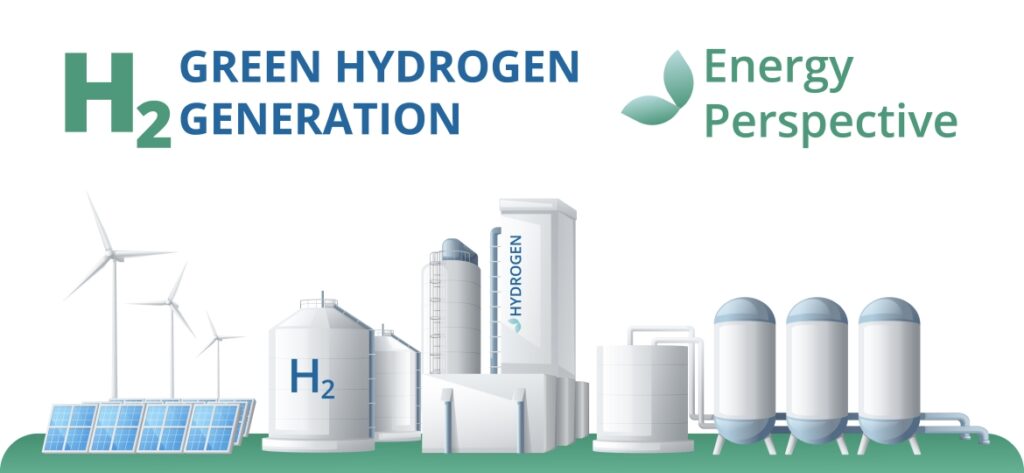September_Hydrogen Energy|Taiwan Hydrogen Energy Development Program(Up)
According to the IEA's Global Hydrogen Review in 2022, the world will consume 94 million tons of hydrogen in 2021, with industrial applications accounting for a very low energy share of 2.51 TP3 T. However, in order to achieve net zero carbon emissions by 2050, hydrogen will need to account for a total of 131 TP3 T. This demonstrates that there is still much room for growth in the development of hydrogen energy. In recent years, more than 100 new applications have emerged, including hydrogen smelting of steel, hydrogen co-firing for power generation, hydrogen fuel cell transportation, and stationary fuel cell power stations, bringing new demand. It is estimated that the global demand for hydrogen will grow at an average annual rate of 2.31 TP3T from 94 million tons in 2021 to 115 million tons in 2030, with an average annual growth rate of 2.31 TP3T. If we look at the hydrogen production process, we can see that the current production of hydrogen is still dominated by gray and brown hydrogen from the petrochemical industry, while the share of blue and green hydrogen, which are low carbon emissions, is only 1%, which shows that the global hydrogen industry still has a long way to go, both in terms of the share of hydrogen applications and the source of hydrogen. According to Global Market Insights, the global hydrogen market is expected to grow from US$138 billion in 2022 to US$317 billion in 2032, at a CAGR of 5.6%, as shown in Figure 1.










